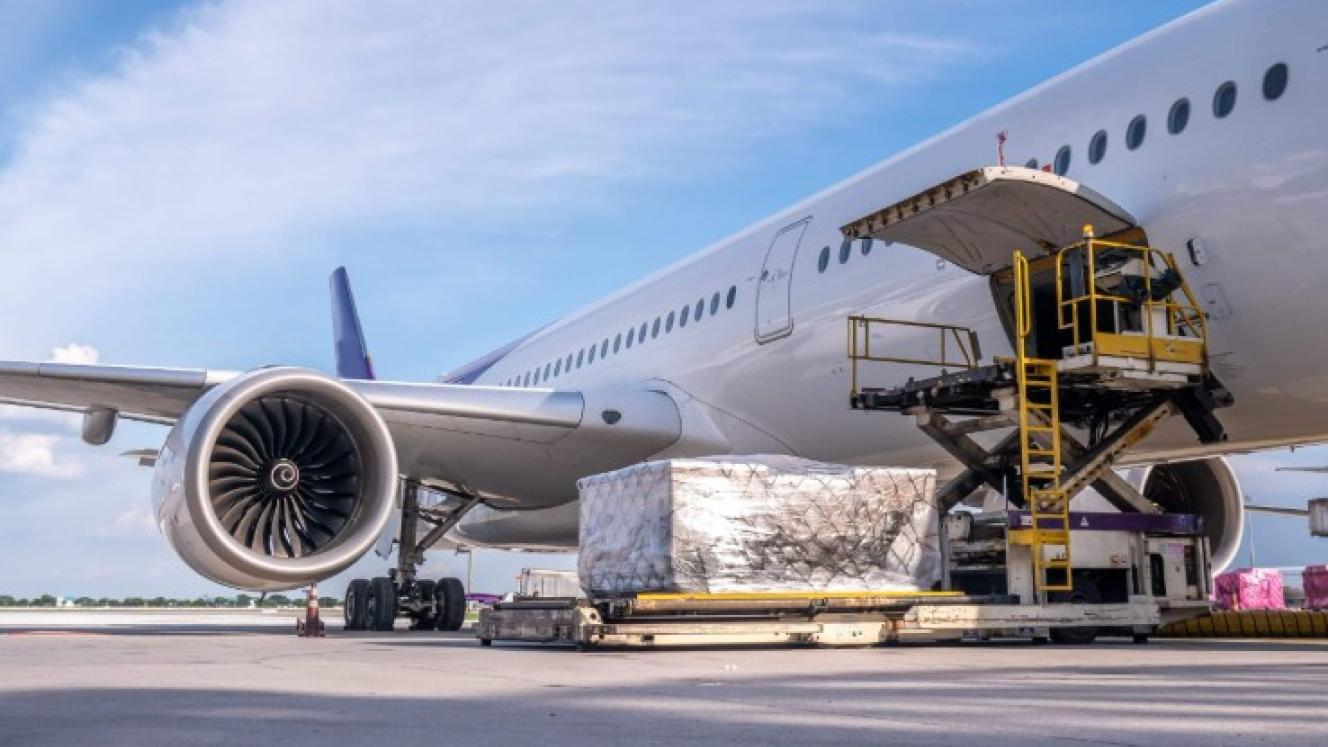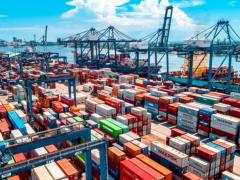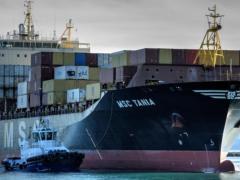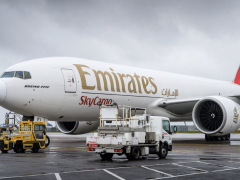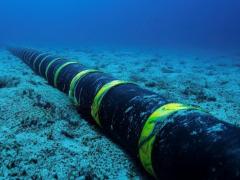The Port of Maputo has made substantial investments in expanding and upgrading its berths and slab areas to better support project cargo handling, responding to a notable 25% year-to-date increase in project cargo volumes compared to the same period last year. This growth is largely attributed to ongoing regional infrastructure development and the growing preference for Maputo as a strategic export- import route, particularly for landlocked neighbouring countries. Mozambican domestic projects in the energy sector for TEMANE Gas-to-Power electric equipment, such as transformers and other key parts, are at the top of the handled items. According to Neusa Saranga, commercial director of the Maputo Port Development Company (MPDC), growing global demand for renewable energy infrastructure, large- scale industrial developments, and cross-border mining operations are driving significant momentum in the project cargo sector. “Regionally, southern Africa is emerging as a key logistics corridor, with the Port of Maputo playing a pivotal role thanks to its efficiency, modern infrastructure, and strategic geographic location,” she told Freight News. “Notably, TotalEnergies has confirmed the resumption of its LNG operations in Afungi, northern Mozambique – a major development in the region’s energy landscape. Given our proximity, capabilities and comprehensive service offering, MPDC is well-positioned to support the logistics requirements of this project, reinforcing our role as a critical enabler in Mozambique’s evolving project cargo ecosystem.” She explained that the port had further strengthened its project cargo capabilities through the acquisition of specialised equipment, enhancement of slab surfaces and more flexible storage solutions and operational procedures. “To ensure efficiency, we have optimised coordination between vessel scheduling and landside logistics, significantly improving turnaround times for oversized and high-value cargo. In support of the growing oil and gas sector, MPDC has established a dedicated coordination unit specifically for oil and gas projects, including ship-to-ship (STS) transfers, ensuring the safe, reliable and well-managed execution of these complex activities,” said Saranga. These investments and operational enhancements come at a crucial time, as one of the key challenges in the region has been the lack of specialised infrastructure and equipment needed for complex project cargo. Additionally, navigating increasingly complex regulatory and permitting environments continues to test logistics providers. Road and rail connectivity – particularly for out-of-gauge cargo – also remains a significant hurdle in many parts of the country. According to Saranga, opportunities for project cargo in Mozambique remain strong across the mining, energy and infrastructure sectors. Rising regional investment in cross- border road and rail networks, combined with the country’s own infrastructure expansion, is fuelling demand for project cargo solutions. Besides the TotalEnergies LNG project, other notable developments include Eni’s Coral Norte FLNG, the Mphanda Nkuwa Hydroelectric Dam and the Temane Gas-Fired Power Plant. “Mozambique is undergoing a comprehensive upgrade of its logistics and energy infrastructure – including ports, railways, pipelines, power systems and roads – designed to support large-scale project cargo, particularly for LNG, mineral resources, and agricultural exports. Key logistical hubs such as Maputo, Beira, Nacala, Pemba and Mocímboa da Praia are central to this transformation,” said Saranga. “We anticipate continued growth, particularly driven by mining expansions in southern Africa and government- backed infrastructure programmes in Mozambique. With increased stability in supply chains and improved logistics infrastructure, we expect Maputo to play an even more prominent role as a project cargo hub.” A recent success story highlights the port’s growing expertise in handling complex project cargo. The coordinated discharge and management of oversized mining equipment destined for northern Mozambique showcased the port’s operational strength. The operation involved the handling and storage of 3000 tons of specialised subsea equipment for offshore use. Saranga said despite the complexity and scale, the project had been completed safely and efficiently. Lv
Maputo port positions itself as hub
Comments | 0
